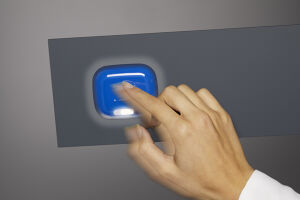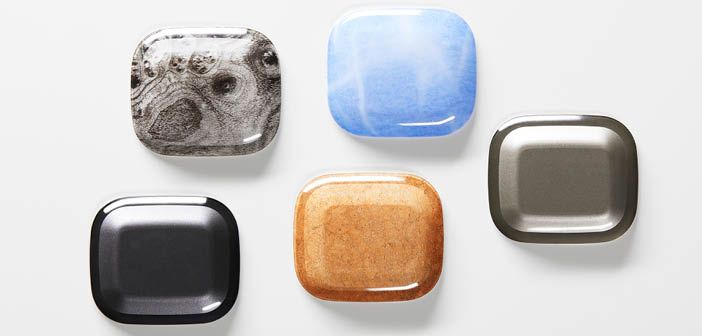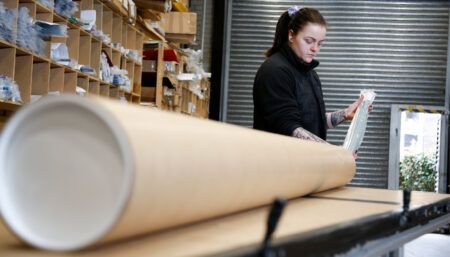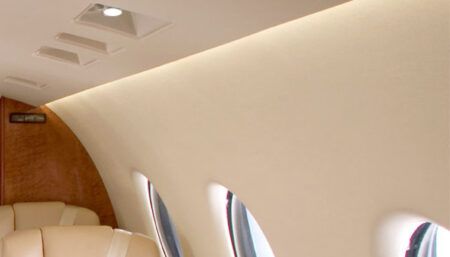Schott has unveiled a new aviation reading light made from glass. The Schott Jade reading light, designed by PriestmanGoode, has an integrated ambient light halo and a full glass cover. Passengers can use smartphone-style swiping gestures to adjust the light position and brightness, thanks to sensor technology.
Available in landscape and portrait formats, the light can be printed with any decor for unlimited design options. Schott says the aviation-compliant product is PDR-ready, and it can be certified for all relevant aviation and OEM requirements. The product is shortlisted for a Crystal Cabin Award 2020 and will launch at Aircraft Interiors Expo, to be held in Hamburg, Germany, on 31 March to 2 April 2020.

“After the launch of our Opal and Sapphire reading lights in 2019, Jade marks the third product in our Jewels in the Sky series,” said Philip Fischer, sales director, aviation and automotive, at Schott. “With our latest innovation, we push the boundaries of modern aviation reading lights to take on a new level of design and functionality. Our product offers benefits for airlines, seat manufacturers and passengers alike.”
“Working alongside the experts at Schott, we were able to create the first touch-controlled screen reading light for the aviation market,” said Ben Rowan, director at PriestmanGoode. “Jade reflects a design language that passengers are familiar with, resulting in a product that is intuitive to use. It’s not just a beautiful design solution, it’s also a hyper-practical one: Jade has no moving parts, making it a much more reliable product for airlines and operators. It’s highly customisable, which means it brings an added opportunity for airlines to add a unique branded element in the cabin interiors.”
Superseding metal as the classical casing material, Schott says the homogeneous glass cover offers several advantages: the tempered safety glass is robust, scratch-resistant and shatterproof. The reading light abandons technical components such as joints, arms and angles, relying instead on a smooth glass surface. From standard or metallic RAL colours to imitations of stone, fabric or ornaments, any customised decor can be printed; even 3D effects can be added.
Schott says the Jade reading light is virtually unbreakable, meaning that user safety goes up and maintenance for the airline becomes close to obsolete. The monolithic glass surface replaces rotating and tilting parts; therefore, many of the traditional triggers for defects are simply no longer there. The company says cleaning the light is as simple as a single wipe over the surface.
Since the lamps are not mechanically adjustable, there is no need to rotate and tilt them back to an original position for the next boarding process. Instead, they can be integrated into the CMS and thus, the lighting for boarding is electronically set back to the requirements defined by the operator. The integrated ambient light can be linked to the general cabin lighting system and integrated into overall mood lighting scenarios.
Jade is based on a combination of capacitive touch technology and Schott’s long-standing expertise in fibre optics and LED technology. Instead of relying on optical lenses for light transport, this product powers thin fibre optic light guides with white LEDs. Schott says that thanks to the spatial separation of LED and light guides as well as the flexibility of fibre optics, Jade has a 0.5in installation depth.
Images: Schott





